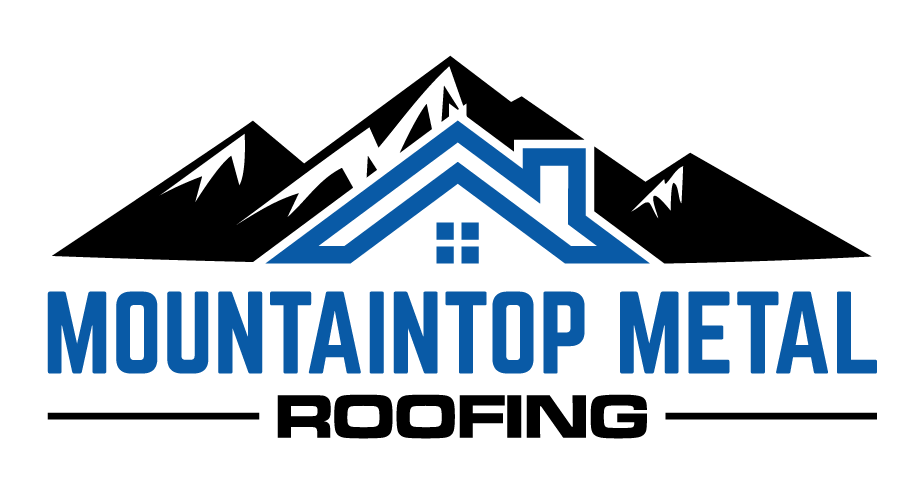Style is something that we put into everything. We have our own personal style when it comes to what we wear, how we decorate our house, even how we organize our smartphones. When it comes to roof geometry types, we aren’t much different. Your roof design can drastically change the look of your home, so picking the right type of roof can be a daunting task.
There are many different architectural styles that have become popular over the years. Much like clothing trends, roofing styles also follow local trends.
At Mountaintop Metal Roofing, our experts are dedicated to giving you the roof of your dreams. To explore different roof shapes and styles, continue reading.
Popular roofing styles in the United States
Popular roof styles have changed over the years, but that doesn’t mean that one can’t bring a style back. In this section, we will explore the composition of some of the most popular styles in the U.S. over the years and how these styles affected the types of roof geometry.
The 1900s
During this time period, wealthy citizens made the Tudor style popular. The style is characterized by its intricacy and medieval feel. The roofs often were steeply pitched and included multiple front-facing gables.
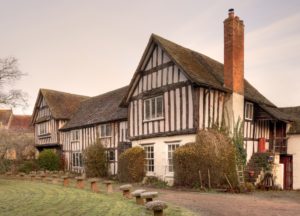
The 1910s
During this time period, Craftsman bungalow-style homes became popular. Many different roof styles were used for this type of home, including front-gabled, cross-gabled, side-gabled, and hipped roofs.
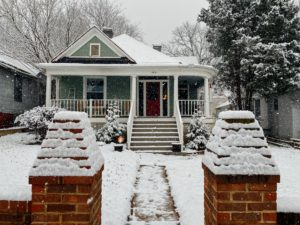
The 1920s
During the 1920s, Colonial-style homes were popular. They are classified by their high-peaked roofs with little to no roof overhang. Classic cottage-style homes were also popular in this time period. They were classified by their roofs that had exposed rafters and cross bracing in the gables.
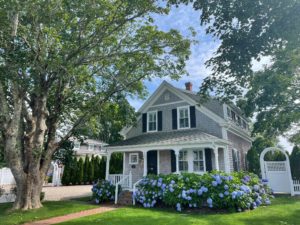
The 1930s
The minimal traditional style was popular during this time. This particular look was classified by its gabled roofs. However, what really distinguished this style from earlier architecture was the addition of an enclosed and attached garage.
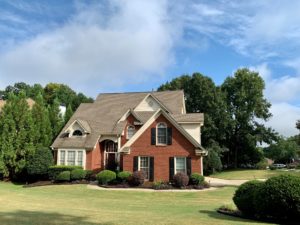
The 1940s
During this time, Usonian-style homes began to increase in popularity. The Usonian style was not a widespread architectural trend, but it deserves a mention.
This style is known for its flat roofs and substantial overhang. Architect Frank Loyd Wright designed the Usonian homes in an attempt to offer homes more affordable than his previous designs.
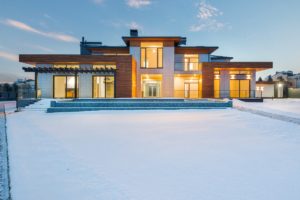
The 1950s and 1960s
After World War II, ranch-style homes allowed for quick expansion in American suburbs due to their simplicity. This style can be easily identified by its gable roof and single-story.

The 1970s
Far from the simplicity of prior years, the Neo-Mansard style popular during this time was very distinctive. Its Mansard roof (or gambrel roof) is characterized by two slopes on all four sides in which the lower slope becomes steeper than the upper slope.
The 1980s and 1990s
During this time, the McMansion was growing in popularity. Much like its name implies, this style is classified by its massive size and illusion of luxury. These houses were often cheaply built and didn’t always follow one style.
However, the McMansion often included Palladian windows over the main entry, multiple chimneys (not necessarily functional), dormers, and other superficial features. Its roof often had many smaller peaks connected together, unlike the typical one-peak home that we often see today.
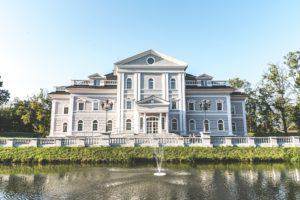
The 2000s and 2010s
During this time period, Neo-Eclectics made a resurgence. To express themselves in a unique way, homeowners would design their houses in the popular Neo-French style. This style is identifiable by a steeply pitched roof and flared eaves.
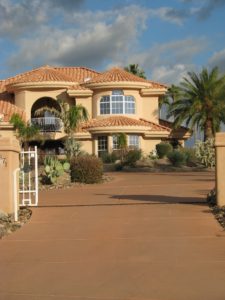
Metal roofing: an all-around champion
Regardless of what style you choose or your particular roof geometry type, you can rest easy knowing that your new aluminum roof will be professionally installed and built to last. Even better, Mountaintop Metal Roofing can often install a new interlocking metal roofing system on top of your existing roof. No need for a complete tear-down!
There are as many roofing materials and styles as one can imagine.
Shed roofs. Jerkinhead roofs. Combination roofs with sloping sides that meet in the middle. Dutch gable roofs. Roofs are designed to let in lots of natural light.
Regardless of the roof geometry type, a metal roofing system is your best bet for a style that not only looks great but lasts for decades.
Our seasoned professionals take great pride in providing our customers with the best customer service possible. Check out your metal roofing installation options today. We look forward to serving you and to discussing your roof geometry type as we find the best roofing solution for you and your home.
